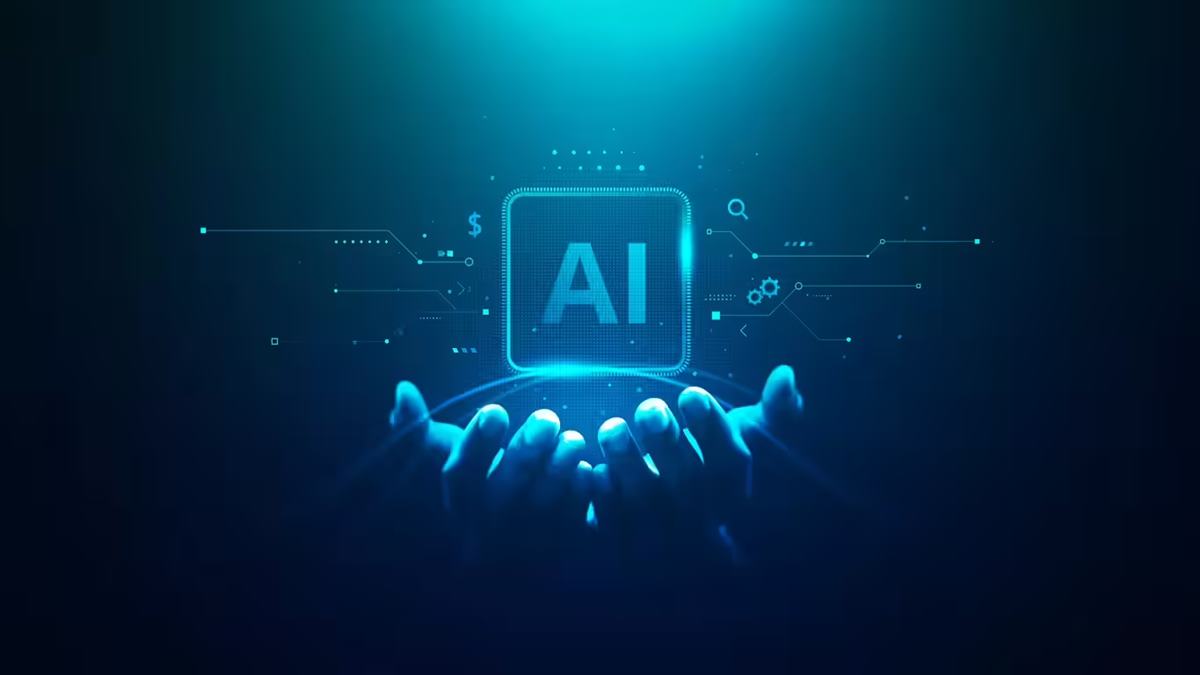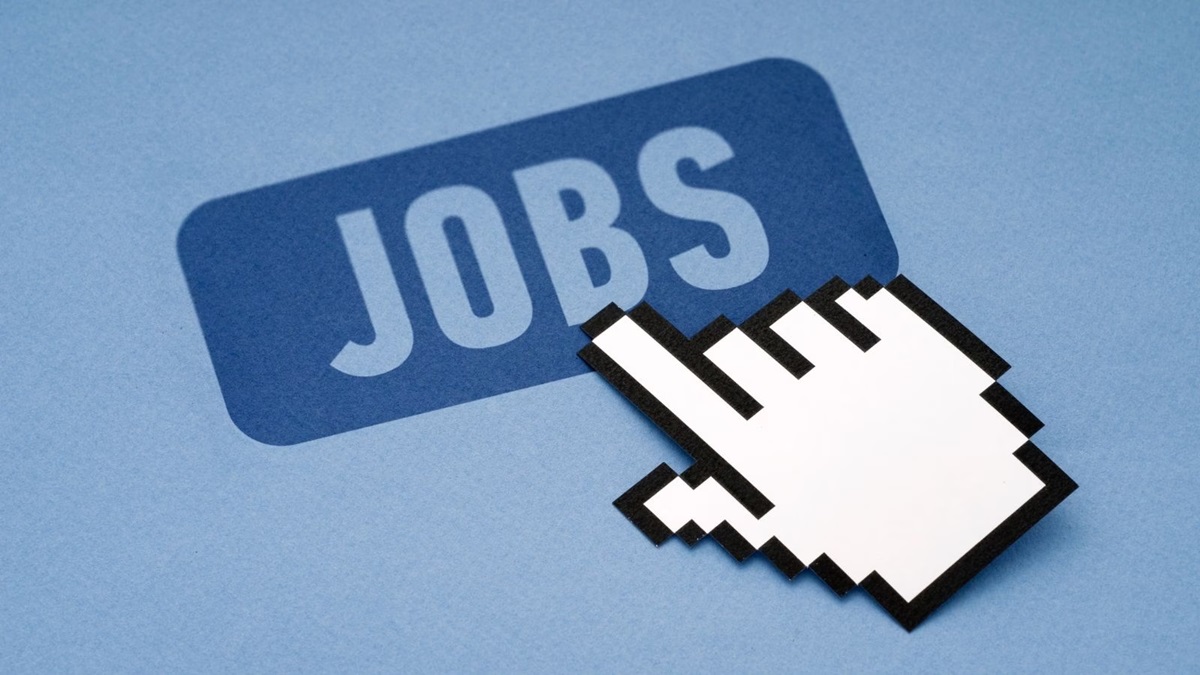Once a symbol of innovation, stability and growth, the tech industry is now facing an era of organisational change with mass layoffs. The layoff trend that started in 2022 is continuing in 2025 with the most recent layoff of 8,000 workforce in IBM highlighting embracing of AI and automation to boost efficiency. While the reasons for layoffs vary across companies, artificial intelligence remains one of the primary driving factors.
Tech Layoff Trend:
The layoff wave was started by Meta in 2022, when the company slashed approximately 11,000 jobs 13% of its workforce. This move was followed by other gloal tech giants like Microsoft, Google, Amazon, and now IBM.
According to data from Layoffs.fyi, more than 62,000 tech jobs have already been cut in 2025 and the year isn’t over. Microsoft alone accounts for around 6,000 of those layoffs. Google has made quiet, but consistent cuts, including a recent layoff of at least 200 employees. Amazon, too, eliminated over 100 roles in May, particularly within its Devices and Services division.
Global Tech Layoffs Snapshot
| Year | Global Tech Layoffs | No. of Companies |
|---|---|---|
| 2022 | 165,269 | 1064 |
| 2023 | 264,220 | 1193 |
| 2024 | 152,922 | 551 |
| 2025 | 62,114* | 137* |
This trend is not confined to Silicon Valley. From the U.S. to India, regions are grappling with the fallout. Indian IT giants like Infosys, TCS, and Wipro are also downsizing, citing economic uncertainty and the rise of AI-driven automation.
Why Are Tech Jobs Disappearing?
1. Artificial Intelligence and Automation
AI has moved beyond futuristic speculation and is now reshaping daily operations across industries. The World Economic Forum’s (WEF) latest Future of Jobs Report reveals that 41% of global companies are considering workforce reductions by 2030, replacing human labor with AI-powered systems. Automation is enhancing productivity but putting many roles at risk.
According to WEF’s survey of hundreds of large companies globally reveals a dual approach for adopting AI. While 77% of organizations intend to reskill or upskill their existing workforce to adapt to AI-driven workflows between 2025 and 2030, 70% are simultaneously seeking new hires with specialized expertise in developing and implementing AI technologies.
2. Post-Pandemic Restructuring
The COVID-19 pandemic led an increase in tech hiring, especially in sectors like e-commerce and digital services. Companies such as Amazon, Google, and Salesforce expanded rapidly to meet growing demand. But as life returned to normal, many found themselves overstaffed.
Salesforce, Alphabet (Google’s parent), and others have mentioned over-hiring, declining sales, and recession fears as key reasons for their workforce reductions.
According to Amazon’s public relations head, Drew Herdener, the company is cutting roles that create “unnecessary layers.” Over the past three years, Amazon has already laid off 27,000 employees. While Amazon remains a massive company, it’s clear they’re still trying to trim costs and restructure their workforce for the future.
Despite varying strategies and justifications, the industry message is clear: efficiency, adaptability, and AI-readiness are now top priorities. Companies are recalibrating their workforce to remain competitive in a world increasingly driven by automation and economic volatility.
What can be done?
According to tech expert Yatish Suvarna, “AI is the new hero which is disrupting the industry, we must acknowledge this significant shift and adapt accordingly. We need to understand our knowledge and accept how vulnerable it is to the AI and upskill as per the demand to fit into upcoming job requirements.”




















